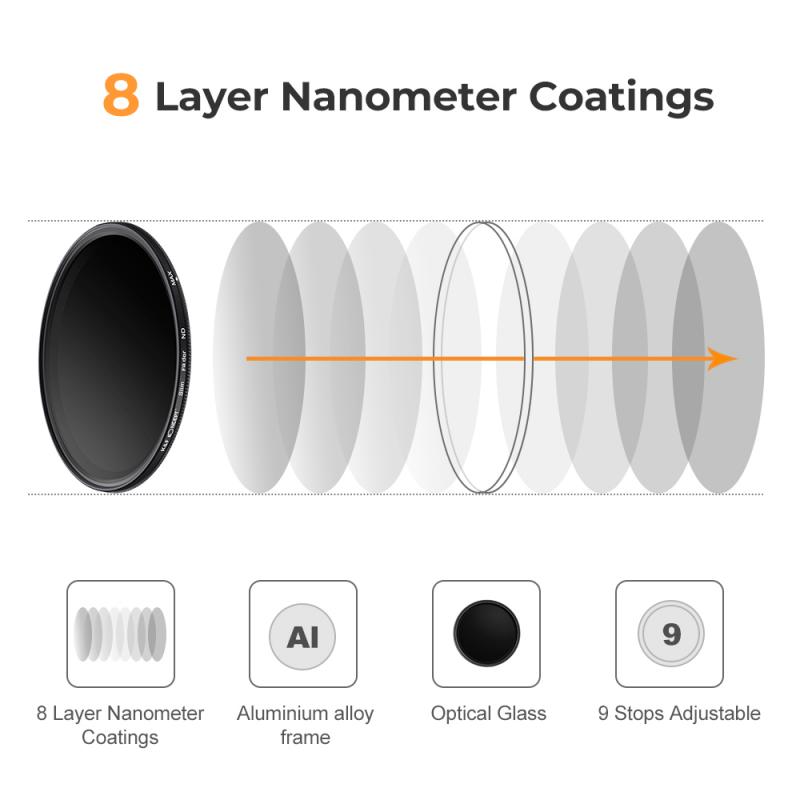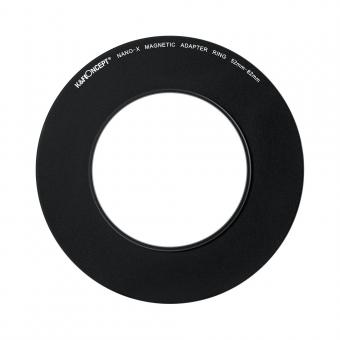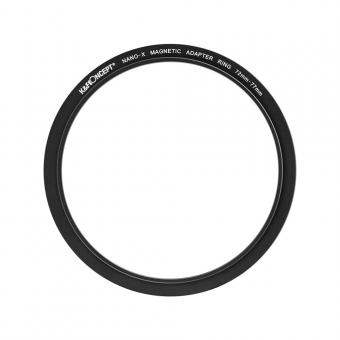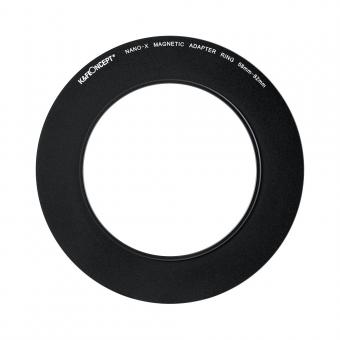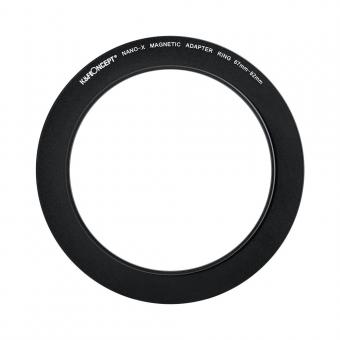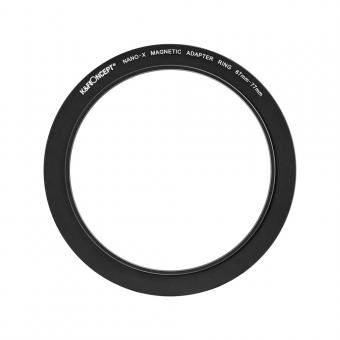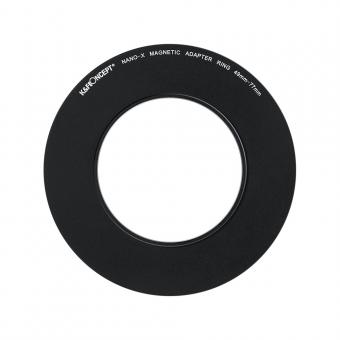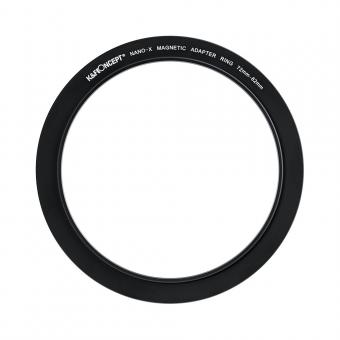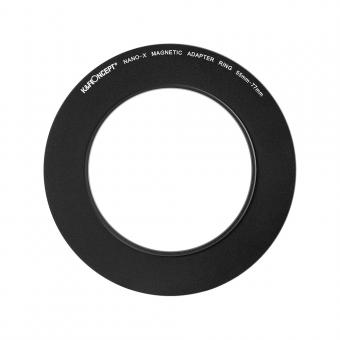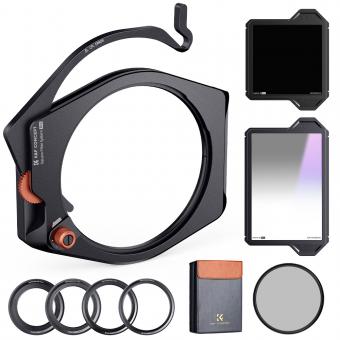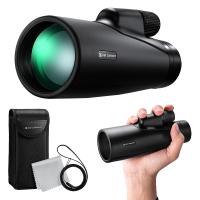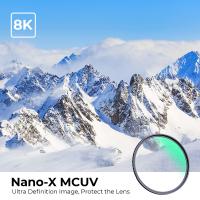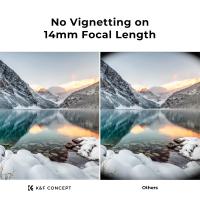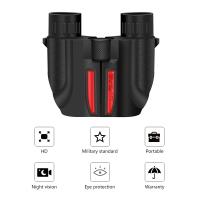Why Rangefinder Lenses Are Smaller ?
Rangefinder lenses are typically smaller in size compared to other types of lenses because they do not require complex autofocus mechanisms. Rangefinder cameras use a separate rangefinder mechanism to measure the distance between the camera and the subject, allowing the photographer to manually focus the lens. This eliminates the need for bulky autofocus motors and related components, resulting in smaller and lighter lenses. Additionally, rangefinder lenses often have a simpler optical design, which further contributes to their compact size.
1、 Optical design advancements
Rangefinder lenses are smaller primarily due to optical design advancements. Over the years, lens manufacturers have made significant progress in developing more compact and lightweight lenses without compromising on image quality. These advancements have allowed rangefinder lenses to become smaller and more portable, making them ideal for street and documentary photography.
One of the key factors contributing to the reduction in size is the use of aspherical lens elements. These elements are designed to correct aberrations and distortions, resulting in sharper and more accurate images. By incorporating aspherical elements into the lens design, manufacturers can reduce the number of lens elements required, thereby reducing the overall size and weight of the lens.
Additionally, advancements in lens coatings have played a crucial role in making rangefinder lenses smaller. Anti-reflective coatings are applied to lens surfaces to minimize reflections and flare, improving image contrast and color accuracy. These coatings have become more efficient and effective, allowing lens designers to reduce the size of lens elements while maintaining high optical performance.
Furthermore, the use of high-quality materials and precision engineering has also contributed to the reduction in size. Lens manufacturers have been able to develop smaller lens barrels and housings without compromising on durability or functionality. This has been made possible through the use of lightweight metals, such as magnesium alloys, and advanced manufacturing techniques.
In recent years, there has been a growing trend towards mirrorless cameras, which are generally smaller and lighter than traditional DSLRs. This has further pushed lens manufacturers to develop compact lenses that complement the compact camera bodies. As a result, rangefinder lenses have continued to evolve, becoming even smaller and more portable.
In conclusion, the smaller size of rangefinder lenses is primarily due to optical design advancements. The use of aspherical lens elements, improved lens coatings, high-quality materials, and precision engineering have all contributed to the reduction in size. With the rise of mirrorless cameras, the demand for compact lenses has increased, leading to further advancements in size reduction.
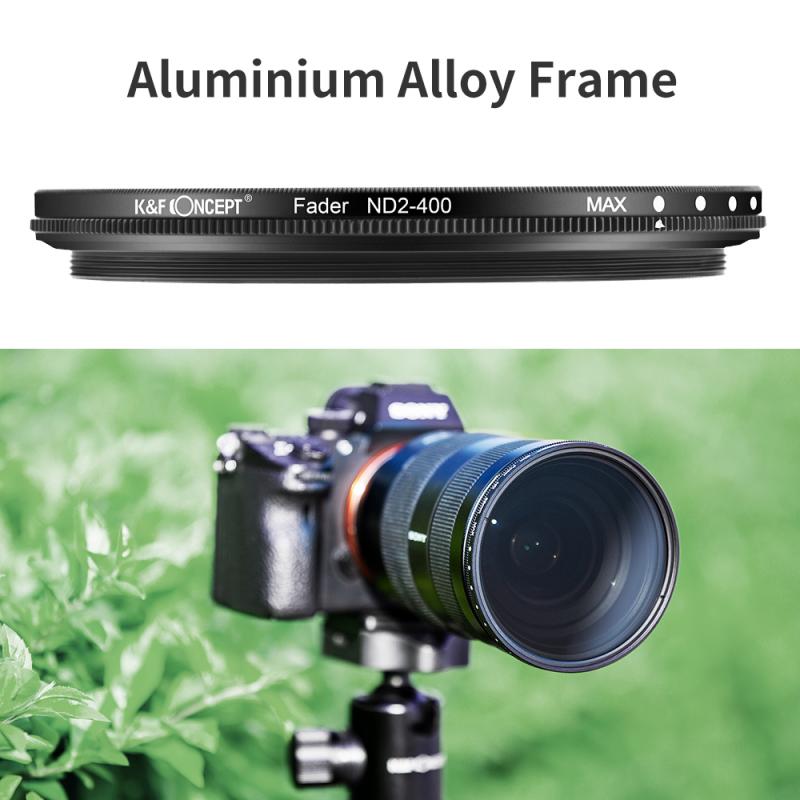
2、 Use of smaller lens elements
Rangefinder lenses are smaller primarily due to the use of smaller lens elements. This design choice allows for a more compact and lightweight lens construction, which is essential for the compact size and portability of rangefinder cameras.
The smaller lens elements used in rangefinder lenses are able to achieve high optical performance while maintaining a smaller physical size. This is achieved through advancements in lens manufacturing technology, such as the use of high-quality glass materials and precision engineering techniques. These advancements allow for the creation of smaller lens elements that can still deliver excellent image quality.
Additionally, the smaller lens elements contribute to the overall design philosophy of rangefinder cameras, which prioritize simplicity and minimalism. Rangefinder cameras are known for their unobtrusive and discreet nature, and the smaller lens elements help to maintain this aesthetic by reducing the overall size and weight of the camera system.
Furthermore, the use of smaller lens elements can also have advantages in terms of cost and production efficiency. Smaller lens elements require less material and are generally easier and cheaper to manufacture, making rangefinder lenses more accessible to a wider range of photographers.
It is worth noting that while smaller lens elements have traditionally been a characteristic of rangefinder lenses, there are now newer technologies and design approaches that allow for larger lens elements in compact camera systems. For example, mirrorless cameras have been able to achieve compact sizes while still utilizing larger lens elements, thanks to advancements in lens design and the absence of a mirror box.

3、 Improved lens coatings
Improved lens coatings play a significant role in making rangefinder lenses smaller. Lens coatings are thin layers of materials applied to the surface of the lens to reduce reflections and increase light transmission. By improving the efficiency of light transmission, lens coatings allow for the design of smaller lenses without compromising image quality.
In the past, lens coatings were not as advanced as they are today. Older lenses suffered from significant light loss due to internal reflections, resulting in reduced contrast and image quality. To compensate for this, lens designers had to create larger lenses with more glass elements to achieve the desired image quality. However, with the advancements in lens coating technology, light transmission has significantly improved, allowing for smaller lens designs.
Modern lens coatings, such as multi-coatings and nano-coatings, are capable of reducing reflections to an extremely low level. These coatings are designed to minimize flare, ghosting, and chromatic aberrations, resulting in sharper and more contrasted images. As a result, lens designers can now create smaller lenses with fewer glass elements, reducing the overall size and weight of the lens.
Furthermore, the latest lens coating technologies also offer additional benefits such as improved durability and resistance to moisture, dust, and fingerprints. These advancements ensure that the lens maintains its optical performance over time, even in challenging shooting conditions.
In conclusion, improved lens coatings have revolutionized the design of rangefinder lenses, allowing for smaller and more compact lens designs without compromising image quality. The latest lens coating technologies have significantly reduced reflections, resulting in improved light transmission and enhanced image quality.
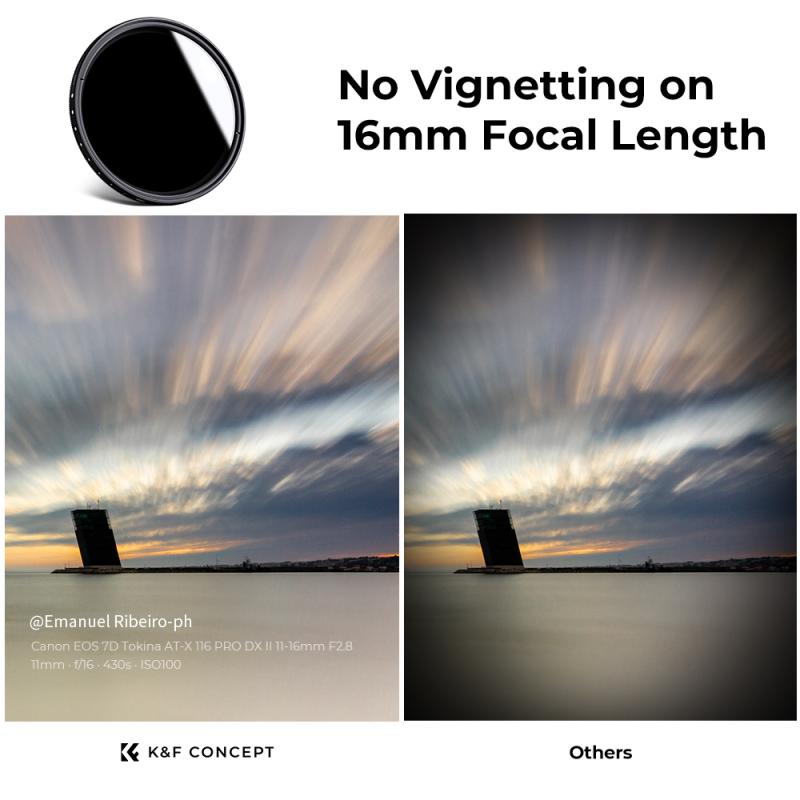
4、 Compact camera body design
Rangefinder lenses are smaller primarily due to the compact camera body design they are intended for. Rangefinder cameras are known for their small and lightweight bodies, and the lenses are designed to complement this form factor.
One reason for the smaller size of rangefinder lenses is the absence of a mirror box. Unlike DSLR cameras, rangefinders do not have a mirror that needs to flip up and down to allow light to reach the sensor. This eliminates the need for a large lens mount and allows for a more compact lens design.
Additionally, rangefinder lenses typically have a fixed focal length, which means they do not need to accommodate the mechanisms required for zoom lenses. This further reduces the size and complexity of the lens.
Advancements in lens technology have also contributed to the smaller size of rangefinder lenses. Manufacturers have been able to develop lenses with smaller and lighter elements without compromising on image quality. This has been made possible through the use of high-quality materials, improved lens coatings, and precision engineering.
It is worth noting that while rangefinder lenses are generally smaller, there are exceptions. Some high-end rangefinder lenses can still be quite large and heavy, especially those with wider apertures or longer focal lengths. However, the overall trend in rangefinder lens design is towards compactness and portability, making them a popular choice for photographers who value mobility and discretion.
